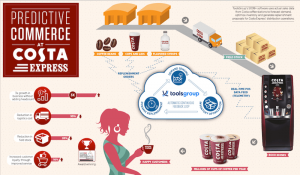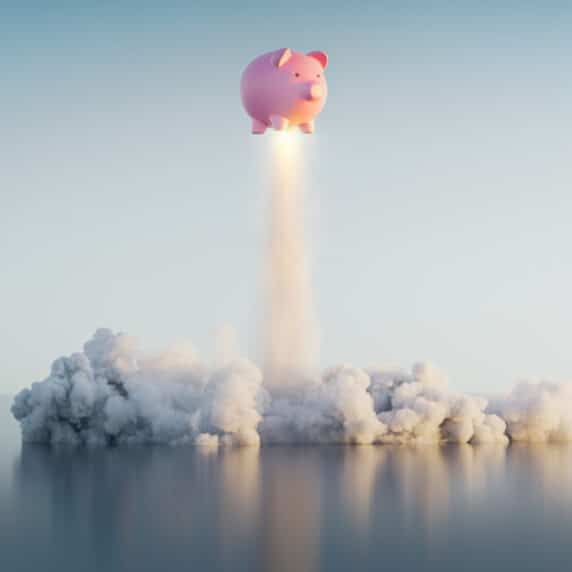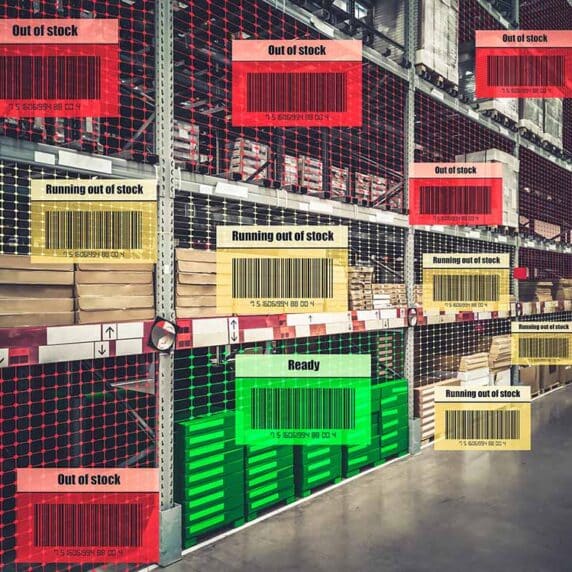Sensing Demand at the Point of Sale
There is a new technique for improving forecast accuracy and inventory optimization—sensing demand from Point of Sale (POS) data or “POS Demand Sensing”. When you see which products, or product variants, are actually moving—and how fast they’re selling, in what quantities, based on which promotions, and across what channel—you can improve your forecasting and replenishment.
Take retailer Amplifon, known for its Miracle Ear brand. A customer walks into an Amplifon hearing store with a prescription or to be tested, and walks out that same day with a specialist-designed hearing aid. This takes place daily at 2100 Amplifon-owned retail outlets; 3200 “shop-in-shops” in pharmacies, opticians and medical practices; and a network of more than 3100 indirect franchises and affiliates—in short, a very complex and extended supply chain.
Amplifon uses POS demand-sensing software to detect data at the point of sale and by channel to identify demand trends, trigger alarm signals, and respond faster to actual vs. planned supply chain events. Detailed demand forecasts are then generated for the sales and marketing teams and to set optimal inventory levels.
The result? Amplifon can now determine the right mix of products—including high-rotation items and accessories such as batteries, cleaning items, phones and headsets—to hold in stock for each point of sale. Each item is automatically replenished according to an individual retailer’s selling pace and sales strategy. Amplifon has substantially increased service levels while reducing inventory levels by 18 percent and inventory obsolescence by 40 percent.
Other companies have employed POS demand sensing in industries such as cosmetics, coffee and mobile phone retailing. For instance, a large telecom operator with 1500 owned and franchised stores was previously using a decentralized replenishment model, where the stores issued orders to a distribution center based on past experience. Out-of-stocks were common, inventories and obsolescence were high, and franchise owners were exceeding their credit limits. The company installed POS demand-sensing software to produce daily automatic replenishment proposals. In one year, service level at the stores increased 12 points to 98%, and global inventory investment was reduced by 50%. It replaced manually intensive store ordering with highly automated planning—without adding to workload or headcount.
Costa, the UK’s largest and fastest-growing coffee shop brand, implemented a demand and replenishment planning system that takes POS data from its unmanned, self-serve coffee stations every 15 minutes to forecast demand, optimize inventory, and generate nightly replenishment proposals for distribution and procurement. The system tracks demand surges and highlights replenishment exceptions for 4500+ machines needing frequent, low-volume/low-value deliveries. The replenishment plan enables Costa to optimally manage the supply of ingredients—coffee, flavored syrup, cups, and lids—from a warehouse to partner sites.
Six months after going live, operational savings and service improvements included a 20% reduction in field stock held at partner sites; 50% fewer delivery refusals by partners; 30% reduction in annual logistics operating costs; and a 10% growth in Net Promoter Score. The company pushes stock out more accurately, and can better respond to seasonality—for example, when a coffee machine in a university shuts down at Christmas, but highway service stations get busy. Just two people are needed to manage stock replenishment across four countries, concentrating on exceptions rather than the day-to-day process.
Performance gains like these are made possible by capturing consumer POS demand signals and using automated demand analytics to factor in effects like day-of-week pattern profiles, seasonality tuning and trade promotions. POS demand-sensing software exploits this information to quantify demand behavior, separate signal from noise, and identify the best placement of retail or manufacturer inventories to deliver desired service levels.
Gartner likes the strategy. “Supply chain and IT leaders should leverage demand-sensing technology to derive more accurate near-term demand projections, based on downstream data, pattern recognition and predictive analytics,” it says in its research note, Predicts 2015: Supply Chain Planning—Coping With Uncertainty in Global Networks.
Nucleus Research echoes the message for retailers in Top Ten Predictions for 2016, saying that in order to ensure retailers have the right items in stock to compete with Amazon “they’ll have to deploy more sophisticated solutions for demand sensing and demand pattern recognition, as well as those for inventory optimization and advanced analytics.”
For a copy of the full Amplifon case study, click on the image below:







